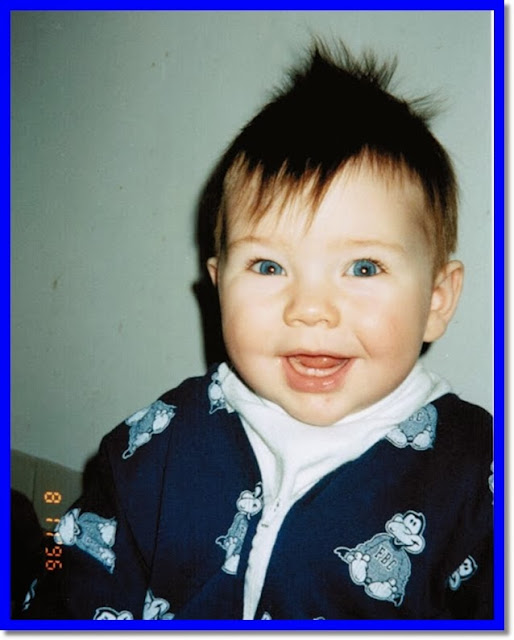Suzanne Wright's recent honest and courageous statements in support of a National Autism Plan in the United States has attracted the wrath of Neurodiversity cult members and they will not relent. All the usual suspects have been voicing their irrational outrage Emily Willingham, Shannon des Roches Rosa, John Robison etc. In their modern version of the "Cold Mothers Cause Autism" non evidence based, fantasy, attack on parents that caused so much pain they condemn parents and family members for telling the world the unspeakable truths about autism: autism is a disorder, or group of disorders, harmful disorders that can inflict pain and suffering on those who suffer from them. Following is a a comment and set of pictures I posted in May 26, 2012. They show my son's joy turning to pain in a flash on the swings of his old grade school. My Canon camera was set on "sports" mode to show several action shots in sequence and captured this harsh autism reality ... the kind of autism reality that you will not see on "feel good about autism" group sites and blogs.
Conor's Autism Reality: From Joy To Self Injurious Behavior In A Flash
I have never accepted, and have in fact been openly contemptuous of, the view that autism is a joy, an alternative, even superior way of thinking. My son's autistic disorder diagnosis accurately describes autism as it really is ... a disorder, one that impairs the lives of those, like my son Conor, who suffer from that disorder. In my view those who promote autism as anything other than what is, who portray autism as a feel good alternative way of thinking delude themselves and ill informed members of the public. In societies where the public participates in a democratic process to determine what services and interventions will be made available to help those in need the light and fluffy portrayals of autism do a serious disservice to those with severe autistic disorders who require help in living and enjoying their lives.
In the picture above, and most that follow these comments, my son is shown enjoying time on the swings at the neighborhood grade school he attended several years ago. We arrived early and no one else was present on the grounds. There was no sensory overload. It was overcast and mildly cool but very pleasant. We made no demands on Conor and let him enjoy his time on the swings which, for the most part, he did. We were there only a few minutes though when, quite suddenly and with no discernible external causal factors, no external stress factors, he began hitting himself on the head. There was no apparent internal cause for his sudden shift to self injurious behavior either. He had enjoyed breakfast and had visited our washroom facilities for personal reasons. He showed no indication of discomfort whatsoever prior to switching suddenly from enjoying the swings to self injury.
Conor's sudden shift from enjoying the swings to self injury suprised me only because it was so sudden and occurred while he was thoroughly enjoying himself. After 16 years of 24/7 caring for my son I have no idea what caused this specific outburst of Self Injurious Behavior (SIB) any more than most similar incidents where there were no obvious external or internal causes. What I do believe, and believe fully, is that such sudden SIB's are a result of his neurological disorder, his autistic disorder. I don' t give a darn whether any autism experts accept my anecdotal evidence or not. Conor's SIB is part of his autistic disorder. The many well intentioned autism researchers who gathered in Toronto for the IMFAR convention might wish to consider spending more of their time, resources and intellects reseaching Self Injurious Behavior in persons with Autistic Disorder or Autism Spectrum Disorder as it will be officially known after May 2013.



































